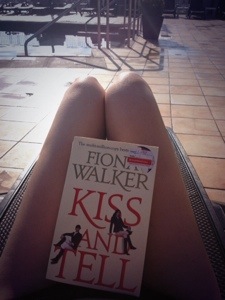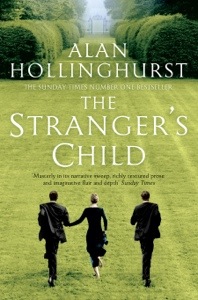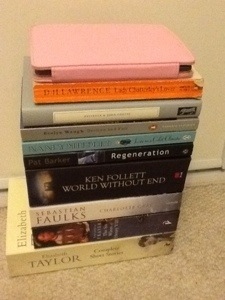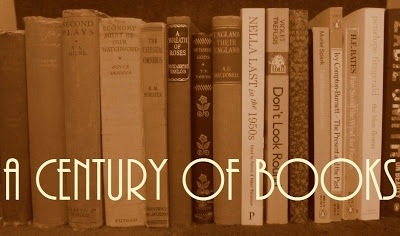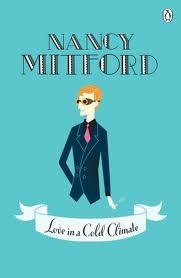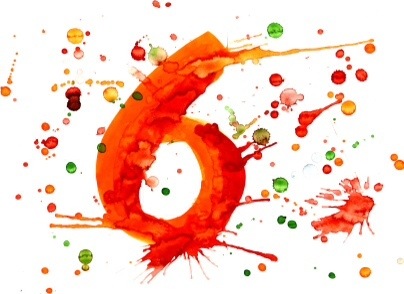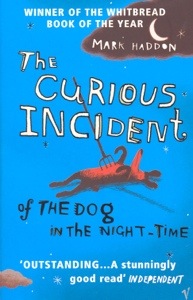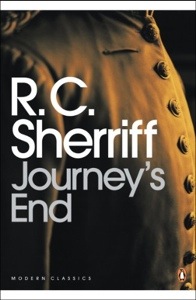This time last week I was just landing in Malta and ready to spend a week in the sunshine, relaxing and reading…lots! It has been a manic year at work and I was looking forward to completely switching off from anything school related and reading some light hearted chick lit. The first book I chose to read, mainly because it was the heaviest and I didn’t want to put it in my suitcase was Fiona Walker’s Kiss and Tell. I have read one book by Walker before so I knew I could depend on this book to fill the chick lit hole in my life.
Now because I am tired -currently drinking strong black coffee- and read this three books ago, I am going to use an idea I have seen on a few other blogs and include the blurb on here.
‘With tight breeches and loose morals, the horse trials circuit is a hell-for-leather chase across the magnificent parkland of England’s finest country estates. Flirtation is a compulsory sport, and love is a professional hazard, as the bravest of red-blooded riders compete for bronze trophies, silk sashes and glory.
Silver-tongued charmer Rory Midwinter is quite at home in this hedge-jumping, bed-hopping world. He has no intention of settling down- only his long-term groom Faith Brakespear has other ideas.
Tash and Hugo Beauchamp are the undisputed golden couple of three day eventing. But their mettle is put to the test by the arrival of the Devil on Horseback, brooding Kiwi rider Lough Strachen. Lough holds the key to Hugo’s darkest secret, and he intends to use it to access his rival’s beautiful wife…’
This is right up my street in terms of chick lit, a huge book following the lives of some glamorous people with plenty of gossip and scandal thrown in. One of the critics on the back of my copy states ‘Jilly Cooper, watch out!’ This is a bold statement to make, especially when it catches the eye of a huge Jilly Cooper fan and whilst I enjoyed Kiss and Tellit didn’t quite surpass Jilly Cooper in my eyes. However that doesn’t mean it isn’t a brilliant read and it was certainly a fantastic holiday choice to become engrossed in as I lounged by the pool.
There were some great characters in Kiss and Tell and I think my favourite one was Sylva, a modern style ‘celebrity’ famous for lots of different things, not really an expert in any of them. She certainly reflected some current celebrities who will do anything to get their name in the paper and who few all publicity as good publicity. At first I thought I would hate her as a character as she is the type to wind me up, but her narrative throughout the novel was entertaining and funny, so I quickly changed my mind. It did make me laugh to read about the lengths some people will go to be famous; I know it is probably an exaggerated version, but there most be some truth in it.
As I look back on Kiss and Tell my thoughts focus on the male characters and in particular the character of the villain. For me, Kiss and Tell really lacked a true villain. I wanted a bad guy I could hate throughout, who you just wish would get his comeuppance, even though sometimes you’re not sure if they ever will. There were some interesting male characters, but I found there wasn’t one truly evil one I really hated and I like that in a chick lit book, especially one this size.
On the whole I enjoyed Kiss and Tell and it was a perfect choice for holiday reading, providing that escapism I look for on a beach break. It definitely helped me kick start my relaxing week and get my mind as far away as possible from anything happening back home. I know I will return to Fiona Walker at some point- I do have another one of her books in the wardrobe after all. >

